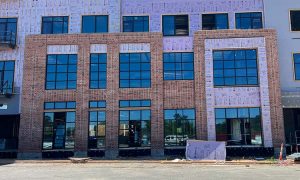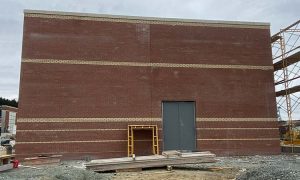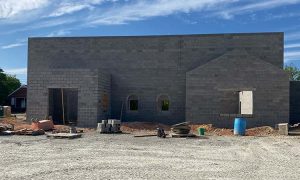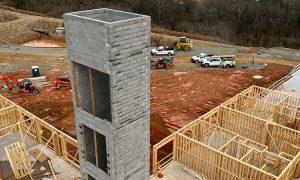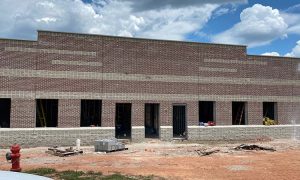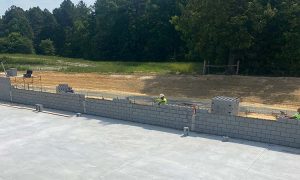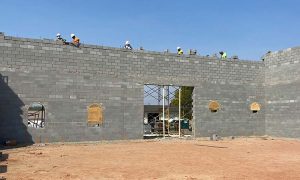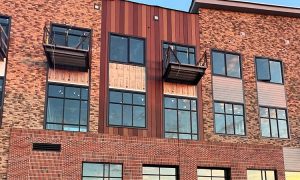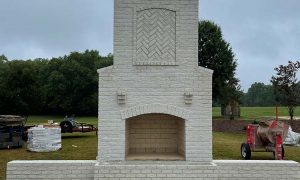Applied to Spec with Craftsmanship
Brick masonry is a widely used technique for building walls and structures. It is strong, weather tested, aesthetically appealing, and proven to stand the test of time. Even buildings and structures that were properly built with brick centuries ago are still around and many in use today. Two Brothers Masonry bring many years of experience in brick masonry and have constructed a diverse collection of commercial projects using this technique.
More About Brick Masonry
To achieve this durable form of construction, bricks are stacked systematically and adhered together using mortar. All the bricks placed together form solid walls of support that can withstand the stress and loads exerted upon them. There are many types of bricks and mortars that can be leveraged to fit any project appropriately, which makes brick masonry a great choice, not only for strength, but a perfect look as well.
Professional brick masonry projects should be performed by an experienced mason, one that is skilled in the trade and knows how to construct walls and structures that can stand firm against years of weather and outside conditions. Two Brothers Masonry understands the best techniques, the correct materials, and will complete your project soundly and to spec.
3 Types of Masonry Bricks
As a consumer, you probably only consider brick from an appearance standpoint. However, there are three types of bricks each with a specific purpose.
When you think brick masonry, facing bricks usually are what come to mind. They are what will determine the look of your building’s external walls. A beautiful brick façade or veneer can make a wonderful impact and has been a popular choice since coming available. And with so many choices, chances are you can get the exact look your desire.
On the other hand, are engineering bricks. These are considered more for their physical make up as opposed to appearance. Engineering bricks are all about strength and how well they hold up against freezing weather and damp environments. They are specially made for resistance to harsh elements which call for high compression and low absorption. Consider structures such as retaining walls, sewers and ground level situations. These require a class A or B strength brick system.
It’s funny, because common bricks are actually the least common of brick types. Generally, this type is used in internal areas of structures and don’t have near the compression strength of externally facing bricks or engineering bricks. Common bricks are typically of lower quality and offer a less consistent appeal. And, as a side note, they should never be used underground.

